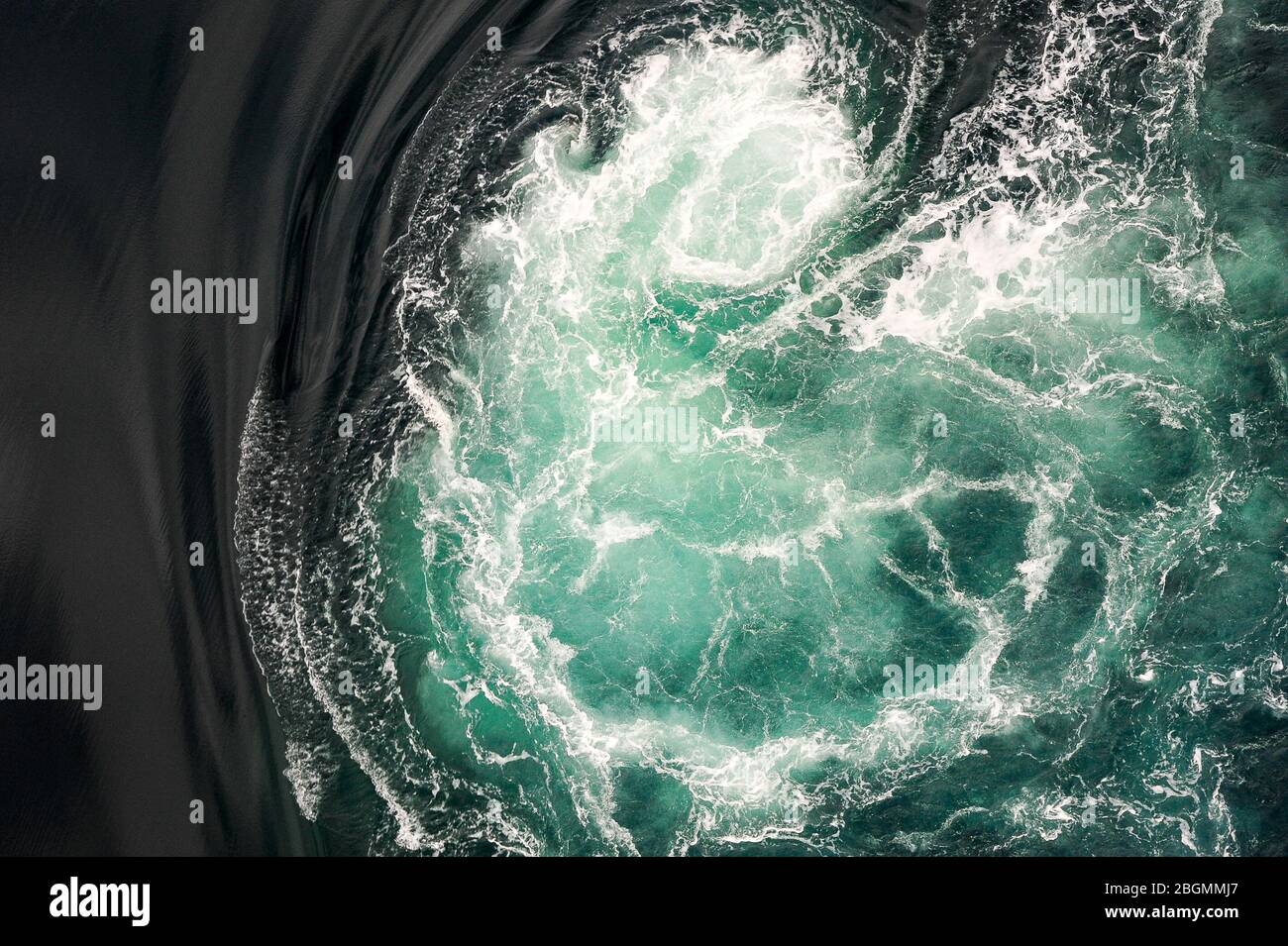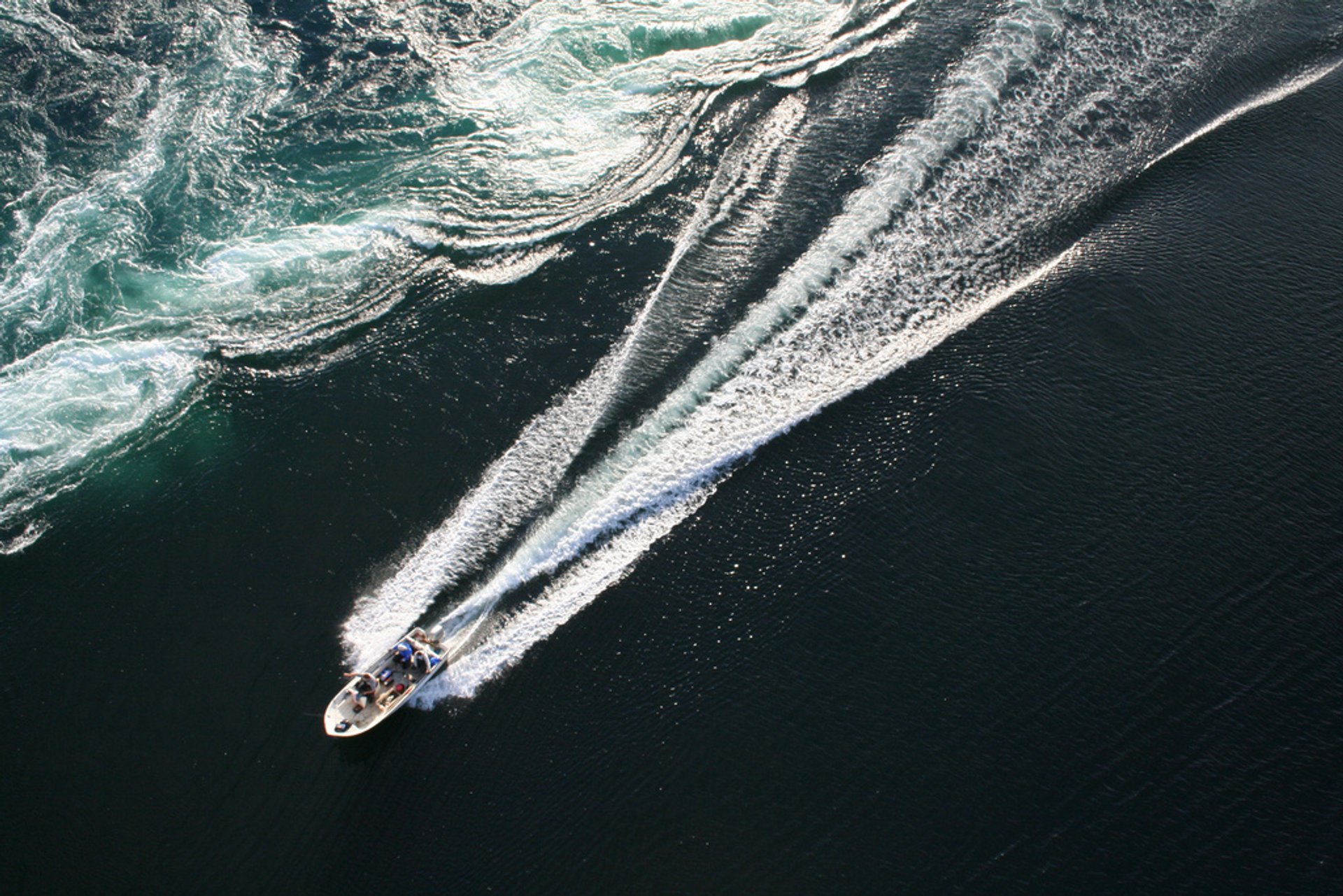
But the strong currents and the great depths. The combination of speed and the unique marine life creates an amazing dive environment. This creates the famous Maelstrom and it’s whirlpools.

Further surveys will reveal all the lairs of these monsters which menace unwary submariners, as well as improving our understanding of how water and sediment mix in the deep oceans. SALTSTRAUMEN - THE WORLD’S STRONGEST TIDAL CURRENT Saltstraumen has the world’s strongest tidal current and it can reach up to 26 knots. Since the accident, researchers from the Guangzhou Institute of Oceanology have mapped several deep eddies in the Xisha Trough, an area of abyssal ocean off Hainan. About 400 million cubic meters of water funnels through the narrow strait each day, resulting in highly turbulent waters and a giant maelstrom. Only prompt action in closing valves and releasing gas to increase buoyancy prevented Submarine 372 from dropping below its operating depth and being crushed by the pressure. The Saltstraumen strait, located near the Arctic Circle in Bod, in the Norwegian county of Nordland, has the strongest maelstrom in the world. “It was like a fast car suddenly running over a cliff,” submarine commander Captain Wang said later.Īs the submarine descended, a pressure pipe burst and water poured in.

They do not affect surface shipping, but are a hazard to underwater navigation, as shown in 2014 when Chinese Submarine 372 started plunging unexpectedly into an ocean trench.

Known as deep eddies, they are produced by ocean currents flowing around terrain features like seamounts (submerged mountains). Every six hours, 400 million cubic meters of water will cross the 3km long and 150m wide strait at a speed of up to 20 knots. Underwater whirlpools pose an additional danger because they cannot be seen. The maelstroms are created when the tide turns and flows in and out of the strait between the two fjords Saltenfjorden and Skjerstadfjorden.


 0 kommentar(er)
0 kommentar(er)
